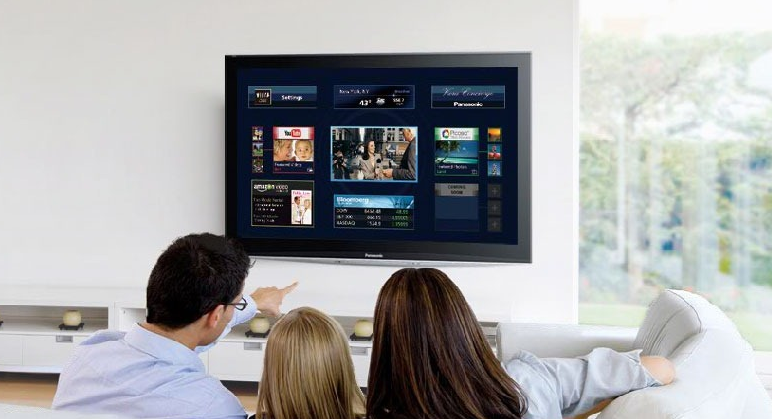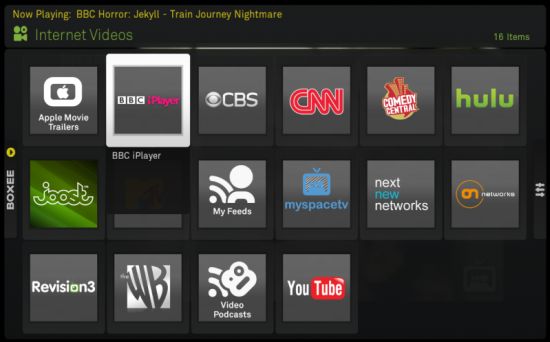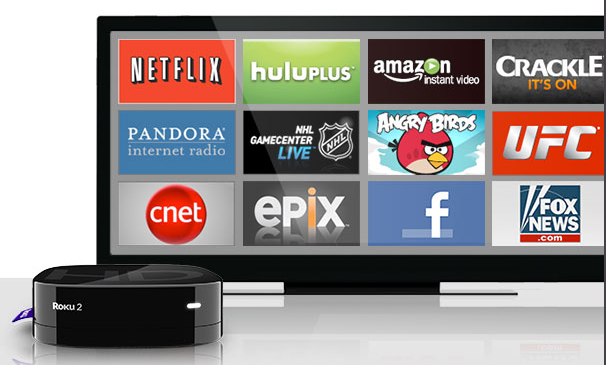The Internet has changed the way we find, receive, consume, and share content. Instead of consulting TV guides on the newspaper, we’re downloading the shows we want from the Web. Instead of going to the cinemas all the time, we’re getting our movies from online VOD services. And instead of buying physical albums and books from physical stores, we’re streaming music from Pandora, watching videos on YouTube, and buying books from Amazon.
It makes sense therefore to view the Internet as an essential component of any modern home theater. But how do you integrate it to your flat-panel TV, to your audio system, to your home storage and media playback devices, to the rest of your home theater system? Here are ways to do just that:
From PC, laptop, tablet, or phone to your HDTV’s VGA
No need to buy an extra device or gadget – just a VGA cable. Of course, be sure to check first that your HDTV actually has a VGA connector.
From PC, laptop, tablet, or phone to HDMI TV
HDMI is a great way to transmit uncompressed digital data, and it can carry both video and audio. Most new consumer electronic devices now support HDMI, but if your PC, laptop, tablet, or phone doesn’t have a port for it, you can still connect to your TV’s HDMI by getting a USB-to-HDMI or a VGA-to-HDMI converter.
TiVo
Digital video recorders have come a long way. TiVo, for example, doesn’t merely free you from fixed TV schedules and time limitations; the DVR solution also gives you a pass to millions of web videos, free music videos and thousands of professional and amateur webcasts brought right to your TV.
Use a media streamer / network media player / digital media adapter / digital media receiver / media extender / media server
Thanks to the popularity of services like YouTube, Netflix, Hulu Plus, Amazon, Pandora, Spotify, and Vudu (among many others), an increasing number of streaming and media playback devices are finding their way into home theater systems. Don’t get confused with all these variations of names; by these we mean the products that can connect to the Internet – either via Ethernet or Wi-Fi – so that you can enjoy online VOD and audio streaming services from the comfort of your home theater. Our favorites include: Roku 2 XS, Apple TV, Sonos Zoneplayer 90 (a wireless music streaming system), Logitech’s Squeezebox Wi-Fi music players, D-Link’s Boxee Box, Popcorn Hour C-200, Sony Network Media Player, and Western Digital TV Media Players.
Use your Blu-ray player / PlayStation 3 / Xbox 360
Why buy an additional box if you’ve got a Blu-ray player with network connectivity? Or a video game console like the PS3 or Xbox 360, both of which can connect to the Web? Xbox 360 in particular has a great home entertainment solution, Xbox LIVE, which recently got a TV programming boost from deals with major content providers and networks. Meanwhile, if you don’t have any of these, here’s some good news: more Wi-Fi enabled Blu-ray players are being introduced in the market, and they no longer cost as much as before.
Get an Internet-enabled TV
If you’re willing to invest in a new TV, why not make it a TV that actually connects to the Internet by itself – without the need for an extra box, adapter, cord, DVR, or Blu-ray player? Industry players like Panasonic (Viera Cast), Samsung (Internet TV), LG (Netcast), and Sony now offer Internet-enabled “smart” TVs (sometimes called “iTVs”), which enable you to stream content via Ethernet or your wireless network.




